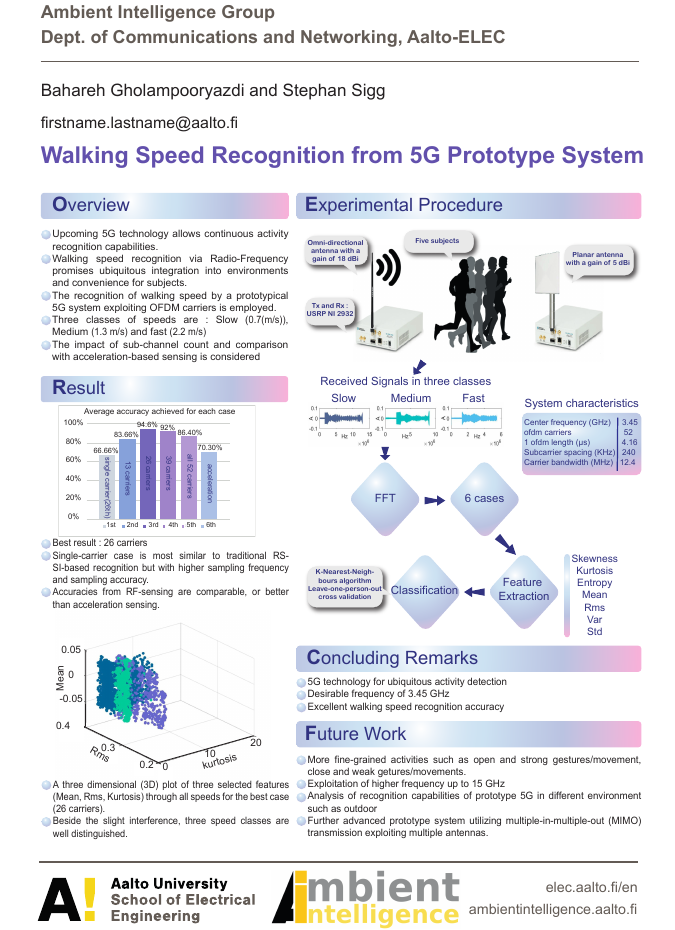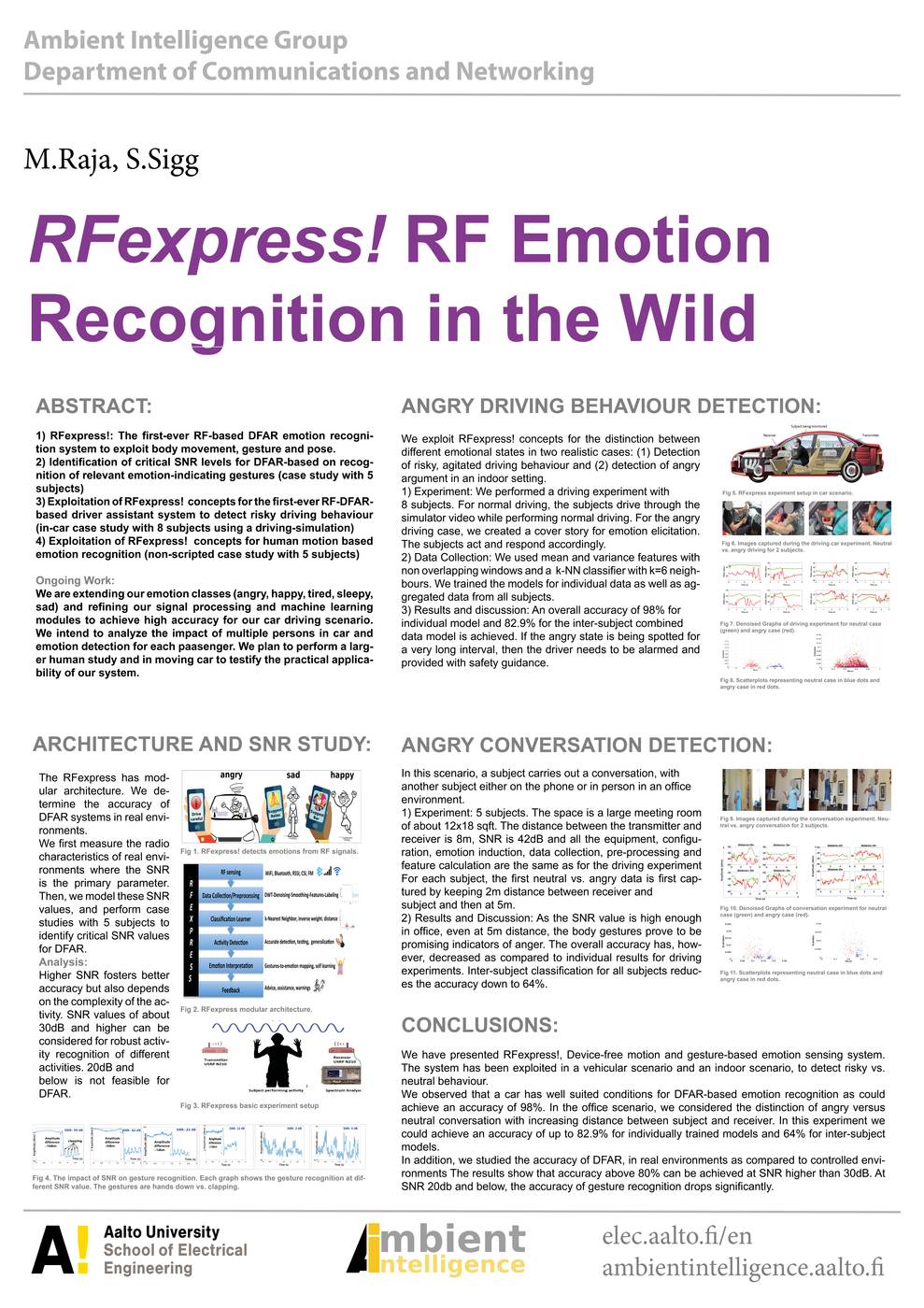
Si-Ahmed Naas
- Aalto University
- Maarintie 8
- 00076 Espoo
- Finland
- si-ahmed.naas@aalto.fi
Si-Ahmed joined the Ambient Intelligence group in 2019. He works on topics related to AI in networking. His interests further cover functional gaze prediction in egocentric videos and emotion prediction.

Excellent! Next you can
create a new website with this list, or
embed it in an existing web page by copying & pasting
any of the following snippets.
JavaScript
(easiest)
PHP
iFrame
(not recommended)
<script src="https://bibbase.org/show?bib=https://ambientintelligence.aalto.fi/bibtex/LiteraturAll&folding=0&filter=author_short:Naas&jsonp=1"></script>
<?php
$contents = file_get_contents("https://bibbase.org/show?bib=https://ambientintelligence.aalto.fi/bibtex/LiteraturAll&folding=0&filter=author_short:Naas");
print_r($contents);
?>
<iframe src="https://bibbase.org/show?bib=https://ambientintelligence.aalto.fi/bibtex/LiteraturAll&folding=0&filter=author_short:Naas"></iframe>
For more details see the documention.
This is a preview! To use this list on your own web site
or create a new web site from it,
create a free account. The file will be added
and you will be able to edit it in the File Manager.
We will show you instructions once you've created your account.
To the site owner:
Action required! Mendeley is changing its API. In order to keep using Mendeley with BibBase past April 14th, you need to:
- renew the authorization for BibBase on Mendeley, and
- update the BibBase URL in your page the same way you did when you initially set up this page.
2023
(1)
Fast converging Federated Learning with Non-IID Data.
Naas, S.; and Sigg, S.
In 2023 IEEE 97th Vehicular Technology Conference (VTC2023-Spring), pages 1-6, 2023.
doi link bibtex
doi link bibtex
@INPROCEEDINGS{10200108,
author={Naas, Si-Ahmed and Sigg, Stephan},
booktitle={2023 IEEE 97th Vehicular Technology Conference (VTC2023-Spring)},
title={Fast converging Federated Learning with Non-IID Data},
year={2023},
volume={},
number={},
pages={1-6},
keywords={Performance evaluation;Weight measurement;Federated learning;Computational modeling;Merging;Data models;Bayes methods;Federated learning;communication reduction;non-iid data;edge computing;fog networks;Internet of things},
doi={10.1109/VTC2023-Spring57618.2023.10200108},
group = {ambience}}
2022
(2)
Knowledge Sharing in AI Services: A Market-based Approach.
Mohammed, T.; Naas, S.; Sigg, S.; and Francesco, M. D.
IEEE Internet of Things Journal. 2022.
link bibtex
link bibtex
@article{ahmed2022,
title={Knowledge Sharing in AI Services: A Market-based Approach},
author={Thatha Mohammed and Si-Ahmed Naas and Stephan Sigg and Mario Di Francesco},
journal={IEEE Internet of Things Journal},
year={2022},
publisher={IEEE},
group = {ambience},
project = {redi},
group = {ambience}}
Privacy-preserving federated learning based on multi-key homomorphic encryption.
Ma, J.; Naas, S.; Sigg, S.; and Lyu, X.
International Journal of Intelligent Systems. 2022.
link bibtex
link bibtex
@article{ma2022privacy,
title={Privacy-preserving federated learning based on multi-key homomorphic encryption},
author={Ma, Jing and Naas, Si-Ahmed and Sigg, Stephan and Lyu, Xixiang},
journal={International Journal of Intelligent Systems},
year={2022},
publisher={Wiley Online Library},
group = {ambience}}
2021
(1)
Sharing geotagged pictures for an Emotion-based Recommender System.
Hitz, A.; Naas, S.; and Sigg, S.
In The 19th International Conference on Pervasive Computing and Communications (PerCom 2021), adjunct, 2021.
link bibtex abstract
link bibtex abstract
@inproceedings{hitz2020Emotion,
title={Sharing geotagged pictures for an Emotion-based Recommender System},
author={Andreas Hitz and Si-Ahmed Naas and Stephan Sigg},
booktitle={The 19th International Conference on Pervasive Computing and Communications (PerCom 2021), adjunct},
year={2021},
abstract={Recommender systems are prominently used for movie or app recommendation or in e-commerce by considering profiles, past preferences and increasingly also further personalized measures. We designed and implemented an emotion-based recommender system for city visitors that takes into account user emotion and user location for the recommendation process. We conducted a comparative study between the emotion-based recommender system and recommender systems based on traditional measures. Our evaluation study involved 28 participators and the experiments showed that the emotion-based recommender system increased the average rating of the recommendation by almost 19%. We conclude that the use of emotion can significantly improve the results and especially their level of personalization.
},
group = {ambience}
}
%%% 2020 %%%
Recommender systems are prominently used for movie or app recommendation or in e-commerce by considering profiles, past preferences and increasingly also further personalized measures. We designed and implemented an emotion-based recommender system for city visitors that takes into account user emotion and user location for the recommendation process. We conducted a comparative study between the emotion-based recommender system and recommender systems based on traditional measures. Our evaluation study involved 28 participators and the experiments showed that the emotion-based recommender system increased the average rating of the recommendation by almost 19%. We conclude that the use of emotion can significantly improve the results and especially their level of personalization.
2020
(5)
A Global Brain fuelled by Local intelligence: Optimizing Mobile Services and Networks with AI.
Naas, S.; Mohammed, T.; and Sigg, S.
In 2020 16th International Conference on Mobility, Sensing and Networking (MSN), pages 23–32, 2020. IEEE
link bibtex
link bibtex
@inproceedings{naas2020global,
title={A Global Brain fuelled by Local intelligence: Optimizing Mobile Services and Networks with AI},
author={Naas, Si-Ahmed and Mohammed, Thaha and Sigg, Stephan},
booktitle={2020 16th International Conference on Mobility, Sensing and Networking (MSN)},
pages={23--32},
year={2020},
organization={IEEE},
group={ambience}
}
Functional Gaze Prediction in Egocentric Video.
Naas, S. A.; Jiang, X.; Sigg, S.; and Ji, Y.
In 18th International Conference on Advances in Mobile Computing and Multimedia (MoMM2020), 2020.
link bibtex
link bibtex
@inproceedings{Ahmed2020gaze,
title={Functional Gaze Prediction in Egocentric Video},
author={Si Ahmed Naas and Xiaolan Jiang and Stephan Sigg and Yusheng Ji},
booktitle={18th International Conference on Advances in Mobile Computing and Multimedia (MoMM2020)},
year={2020},
group = {ambience}
}
A Global Brain fuelled by Local intelligence Optimizing Mobile Services and Networks with AI.
Naas, S. A.; Mohammed, T.; and Sigg, S.
In 16th International Conference on Mobility, Sensing and Networking (MSN 2020) , 2020.
link bibtex
link bibtex
@inproceedings{naas2020GlobalBrain,
title={A Global Brain fuelled by Local intelligence Optimizing Mobile Services and Networks with AI},
author={Si Ahmed Naas and Thaha Mohammed and Stephan Sigg},
booktitle={16th International Conference on Mobility, Sensing and Networking (MSN 2020) },
year={2020},
group = {ambience}
}
Real-time Emotion Recognition for Sales.
Naas, S. A.; and Sigg, S.
In 16th International Conference on Mobility, Sensing and Networking (MSN 2020) , 2020.
link bibtex
link bibtex
@inproceedings{naas2020RealTime,
title={Real-time Emotion Recognition for Sales},
author={Si Ahmed Naas and Stephan Sigg},
booktitle={16th International Conference on Mobility, Sensing and Networking (MSN 2020) },
year={2020},
group = {ambience}
}
SVP: Sinusoidal Viewport Predictionfor 360-Degree Video Streaming.
Jiang, X.; Naas, S. A.; Chiang, Y.; Sigg, S.; and Ji, Y.
IEEE Access, 8. 2020.
doi link bibtex abstract
doi link bibtex abstract
@article{Chiang_2020_Viewpoint,
author={Xiaolan Jiang and Si Ahmed Naas and Yi-Han Chiang and Stephan Sigg and Yusheng Ji},
journal={IEEE Access},
title={SVP: Sinusoidal Viewport Predictionfor 360-Degree Video Streaming},
year={2020},
abstract={The rapid growth of user expectations and network technologies has proliferated the service needs of 360-degree video streaming. In the light of the unprecedented bitrates required to deliver entire 360-degree videos, tile-based streaming, which associates viewport and non-viewport tiles with different qualities, has emerged as a promising way to facilitate 360-degree video streaming in practice. Existing work on viewport prediction primarily targets prediction accuracy, which potentially gives rise to excessive computational overhead and latency. In this paper, we propose a sinusoidal viewport prediction (SVP) system for 360-degree video streaming to overcome the aforementioned issues. In particular, the SVP system leverages 1) sinusoidal values of rotation angles to predict orientation, 2) the relationship between prediction errors, prediction time window and head movement velocities to improve the prediction accuracy, and 3) the normalized viewing probabilities of tiles to further improve adaptive bitrate (ABR) streaming performance. To evaluate the performance of the SVP system, we conduct extensive simulations based on real-world datasets. Simulation results demonstrate that the SVP system outperforms state-of-the-art schemes under various buffer thresholds and bandwidth settings in terms of viewport prediction accuracy and video quality, revealing its applicability to both live and video-on-demand streaming in practical scenarios.},
group = {ambience},
volume = {8},
doi = {10.1109/ACCESS.2020.3022062}
}
The rapid growth of user expectations and network technologies has proliferated the service needs of 360-degree video streaming. In the light of the unprecedented bitrates required to deliver entire 360-degree videos, tile-based streaming, which associates viewport and non-viewport tiles with different qualities, has emerged as a promising way to facilitate 360-degree video streaming in practice. Existing work on viewport prediction primarily targets prediction accuracy, which potentially gives rise to excessive computational overhead and latency. In this paper, we propose a sinusoidal viewport prediction (SVP) system for 360-degree video streaming to overcome the aforementioned issues. In particular, the SVP system leverages 1) sinusoidal values of rotation angles to predict orientation, 2) the relationship between prediction errors, prediction time window and head movement velocities to improve the prediction accuracy, and 3) the normalized viewing probabilities of tiles to further improve adaptive bitrate (ABR) streaming performance. To evaluate the performance of the SVP system, we conduct extensive simulations based on real-world datasets. Simulation results demonstrate that the SVP system outperforms state-of-the-art schemes under various buffer thresholds and bandwidth settings in terms of viewport prediction accuracy and video quality, revealing its applicability to both live and video-on-demand streaming in practical scenarios.





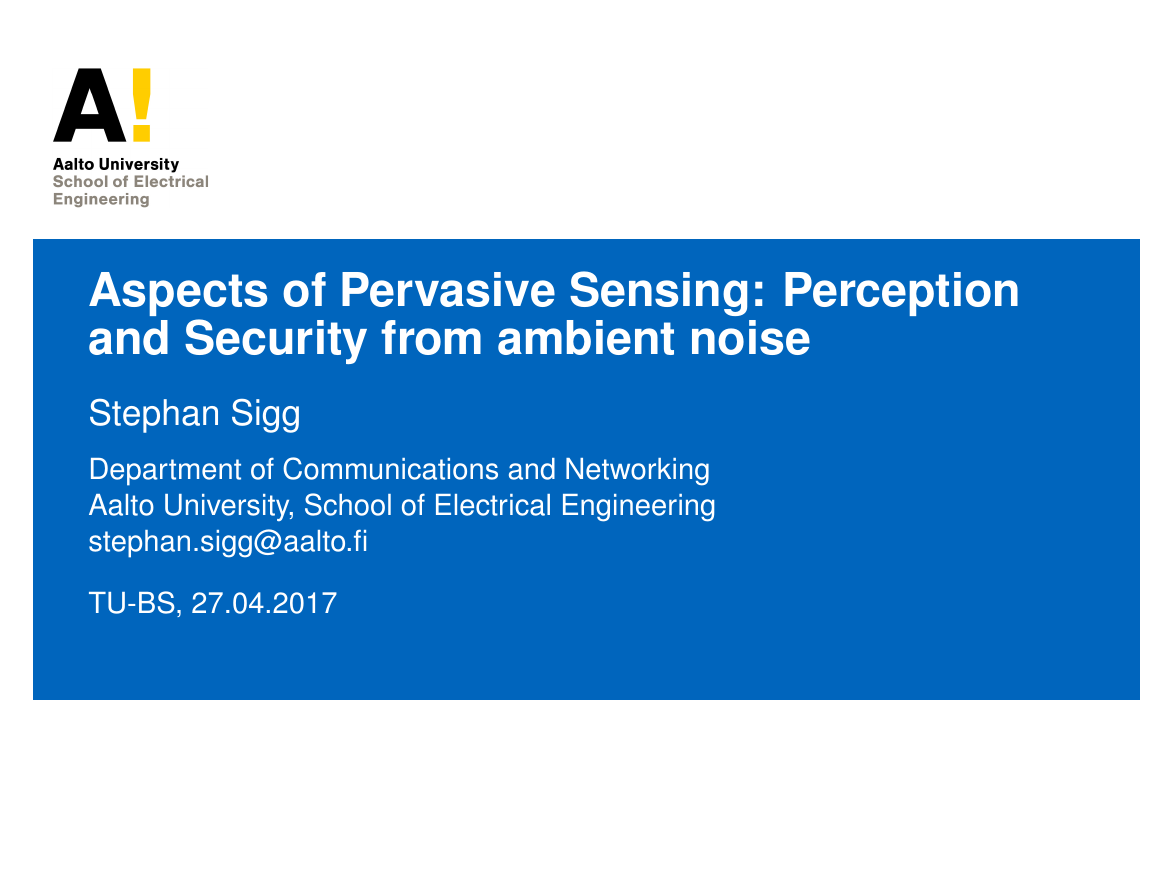


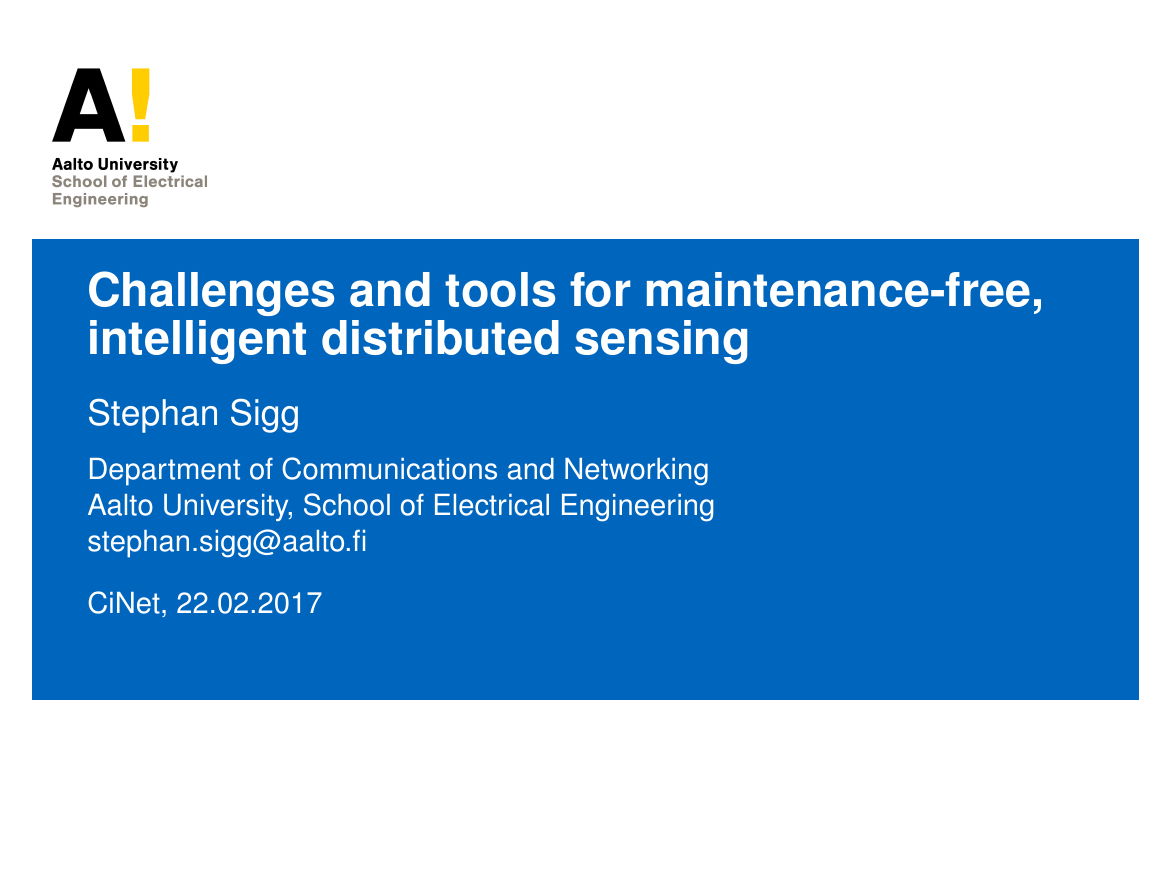
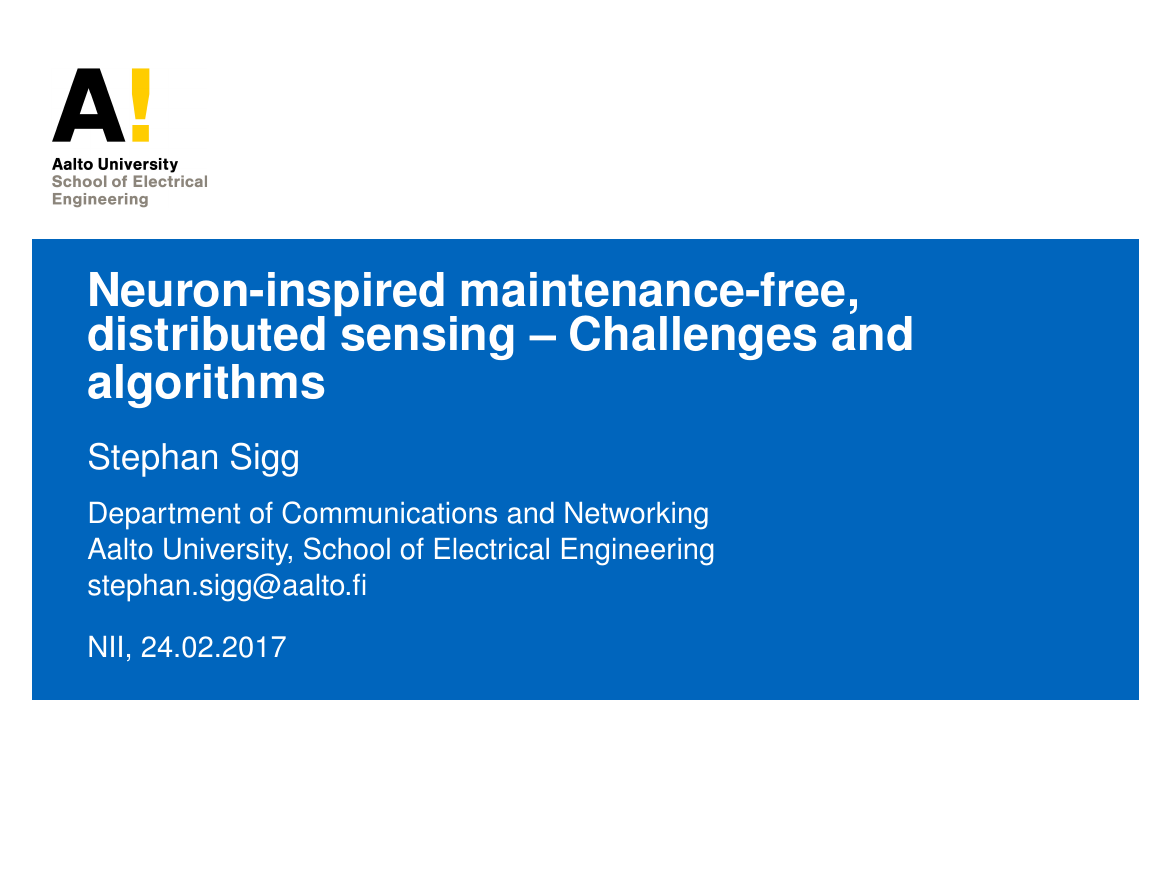


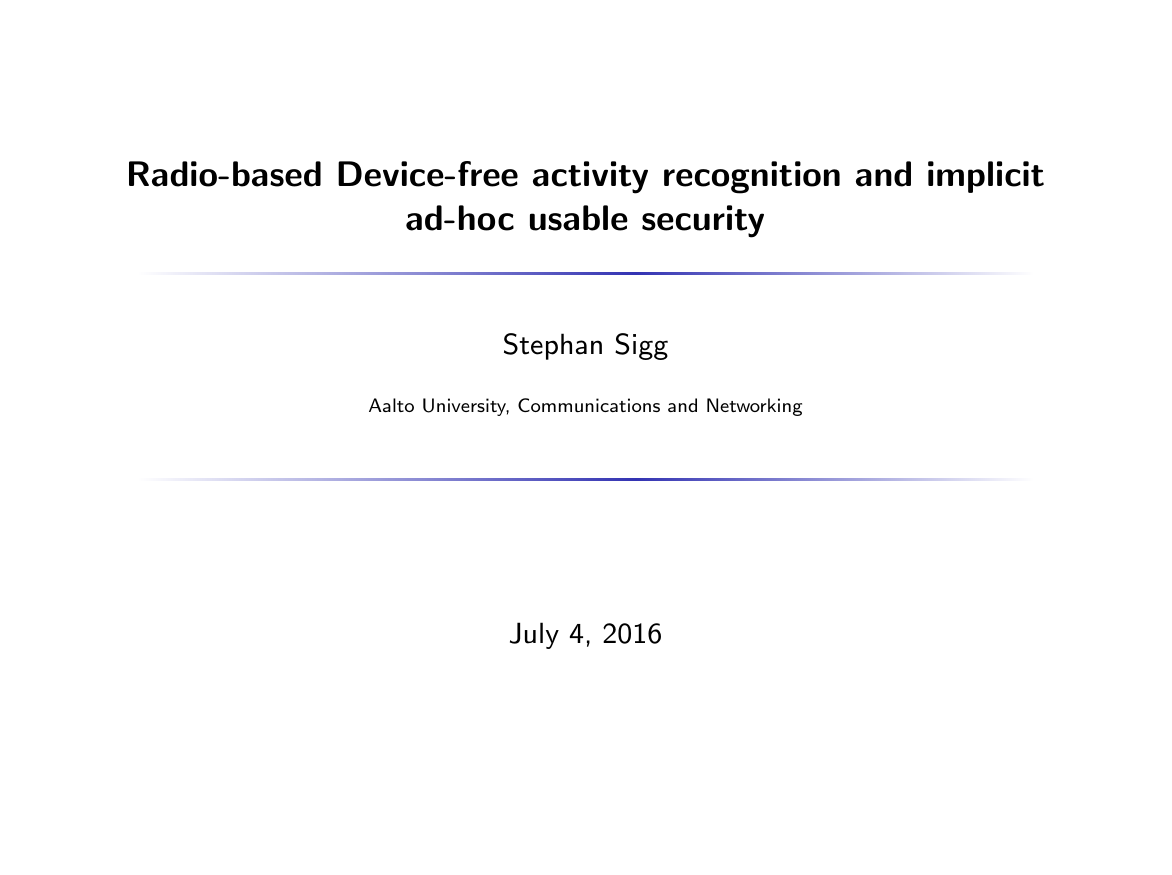
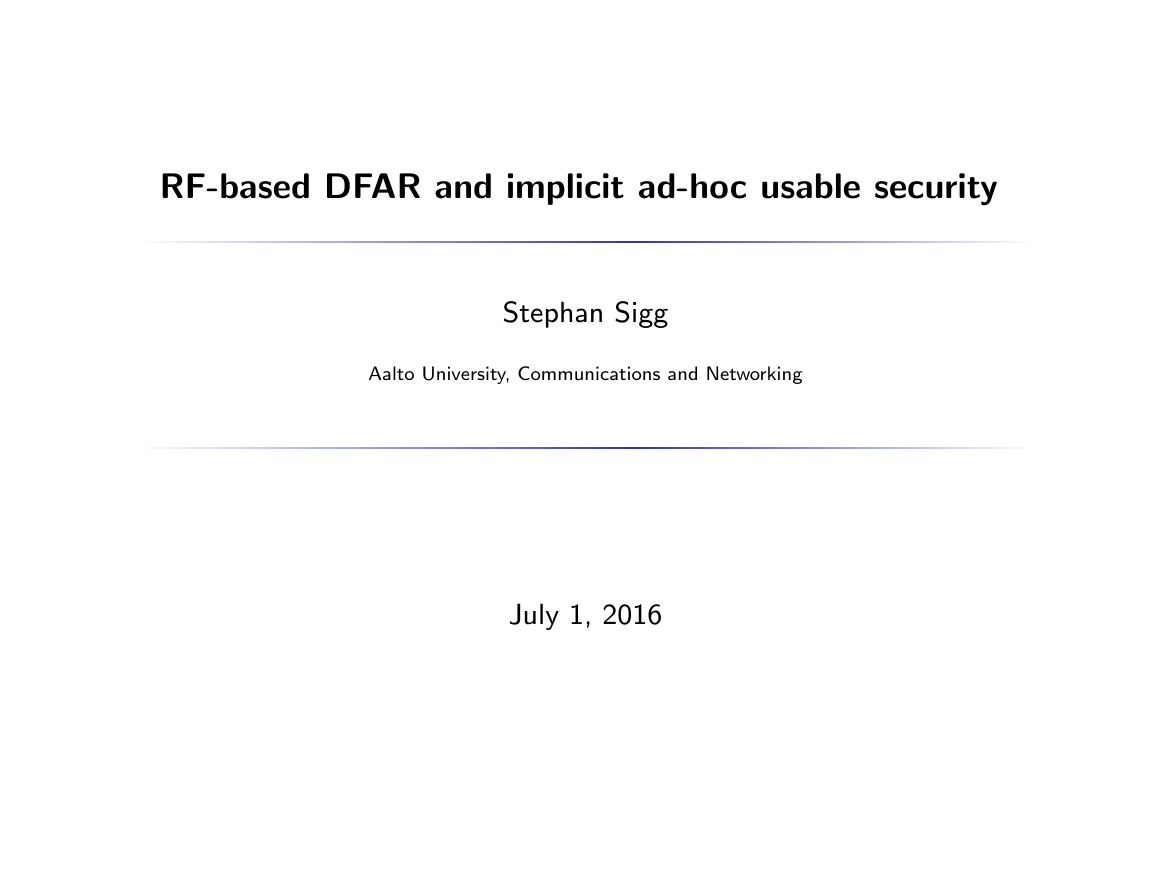


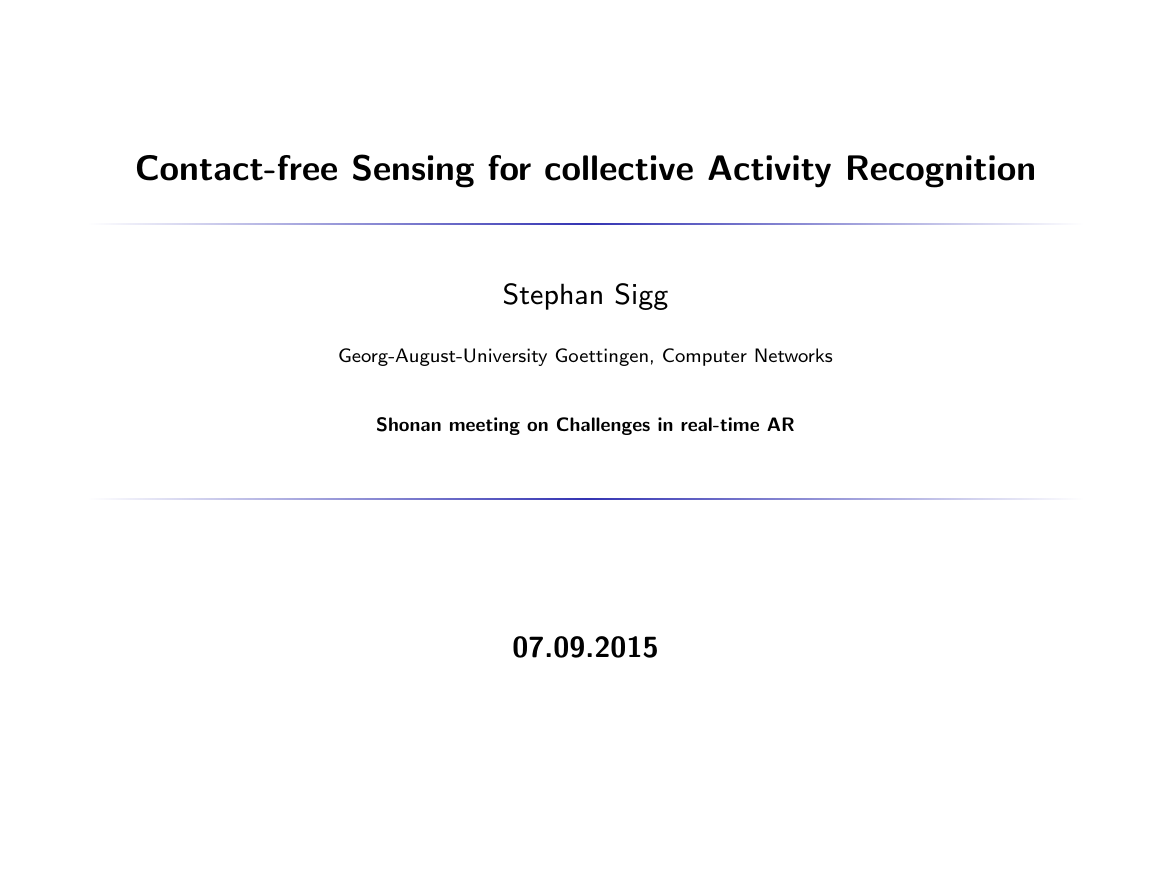
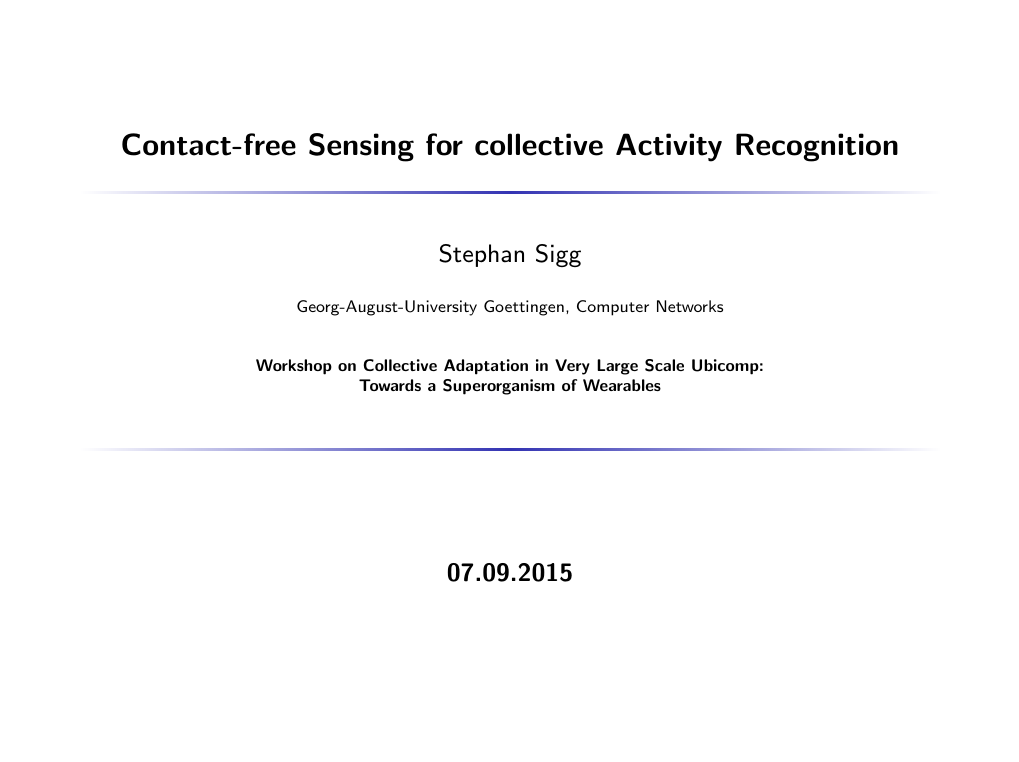

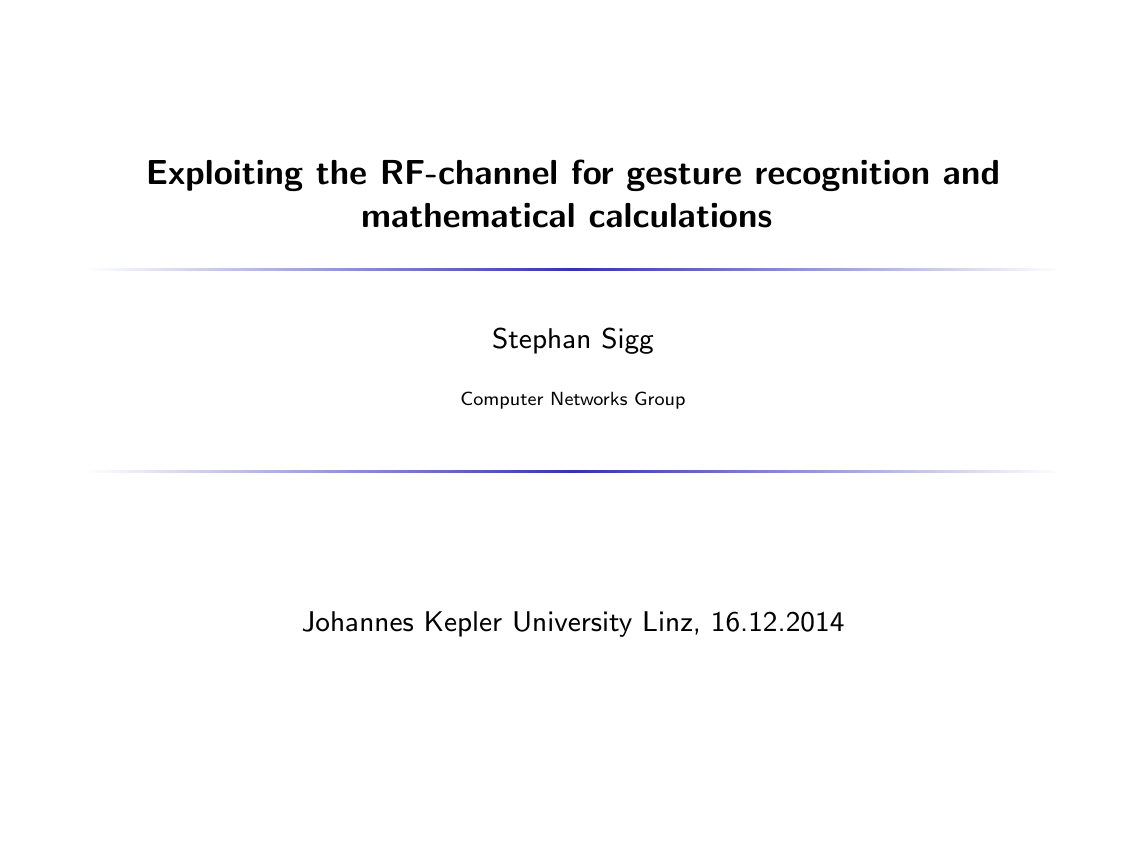

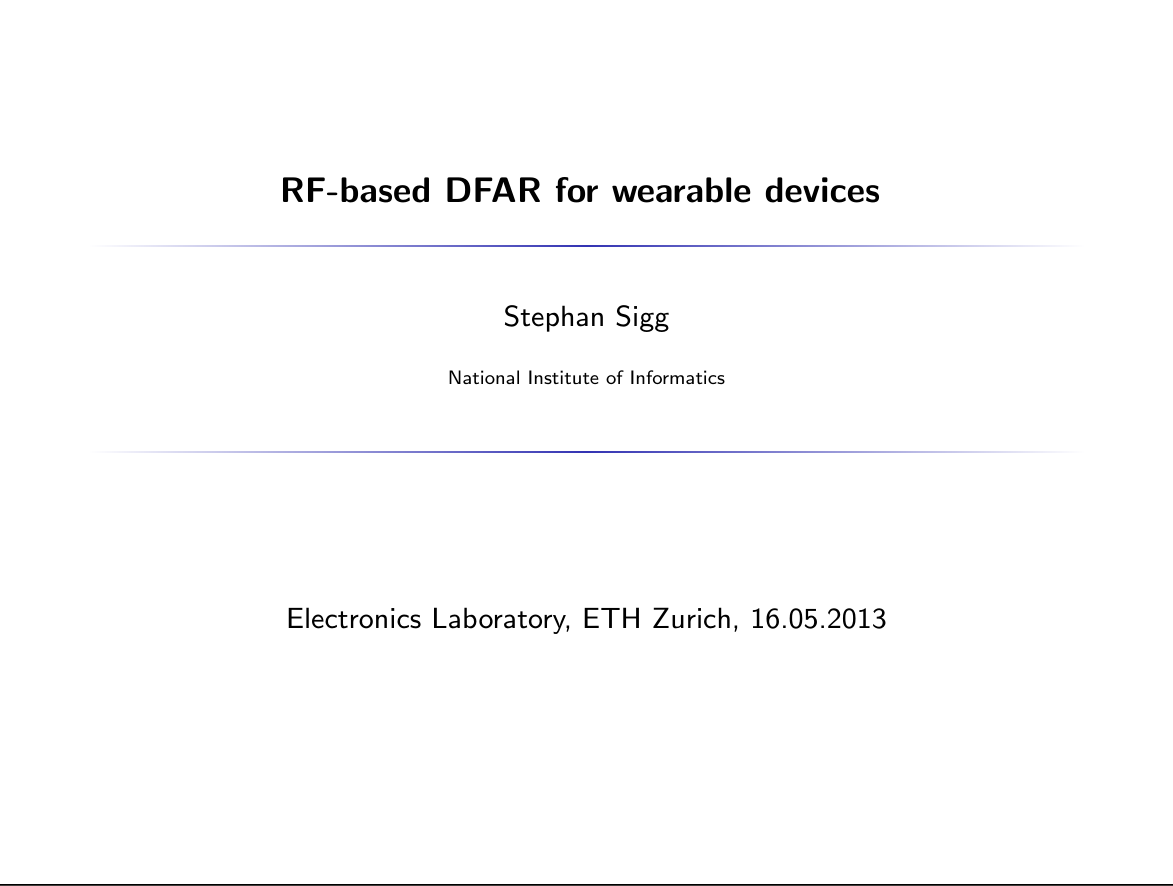
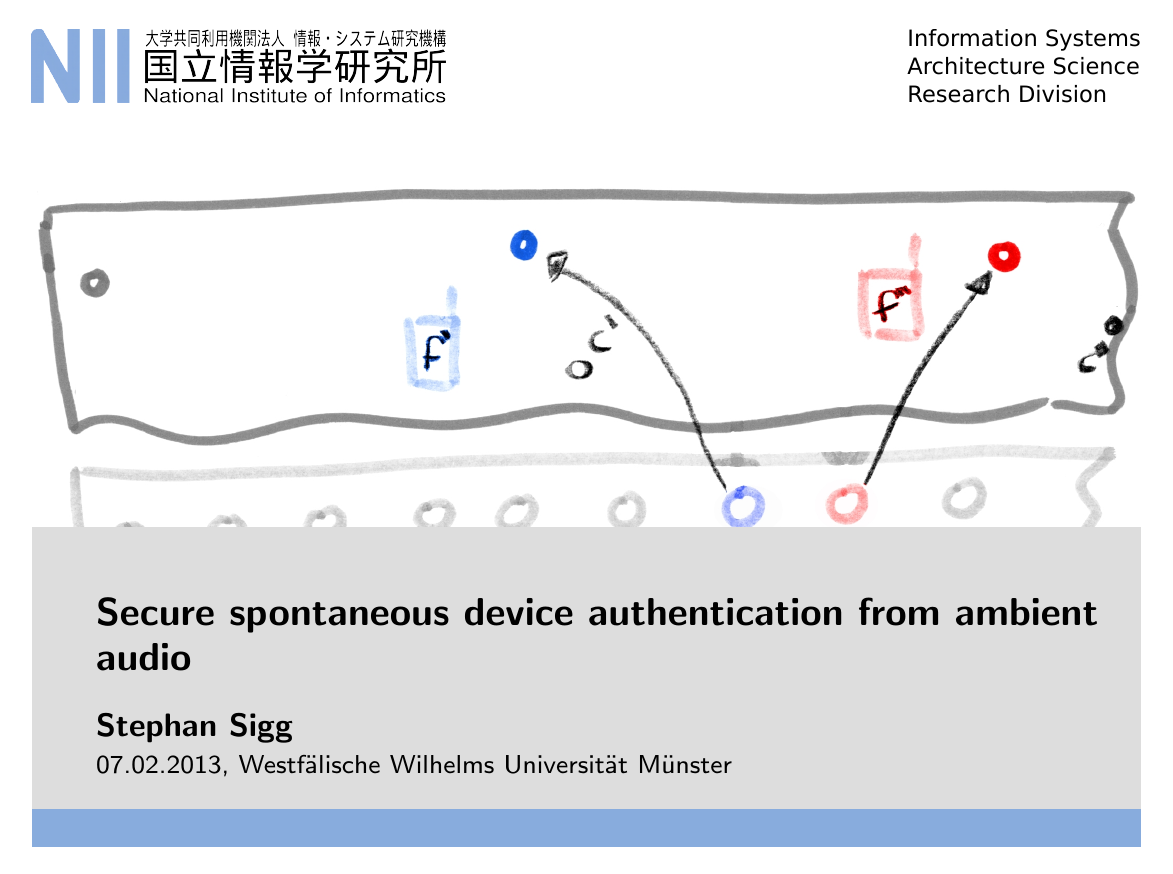
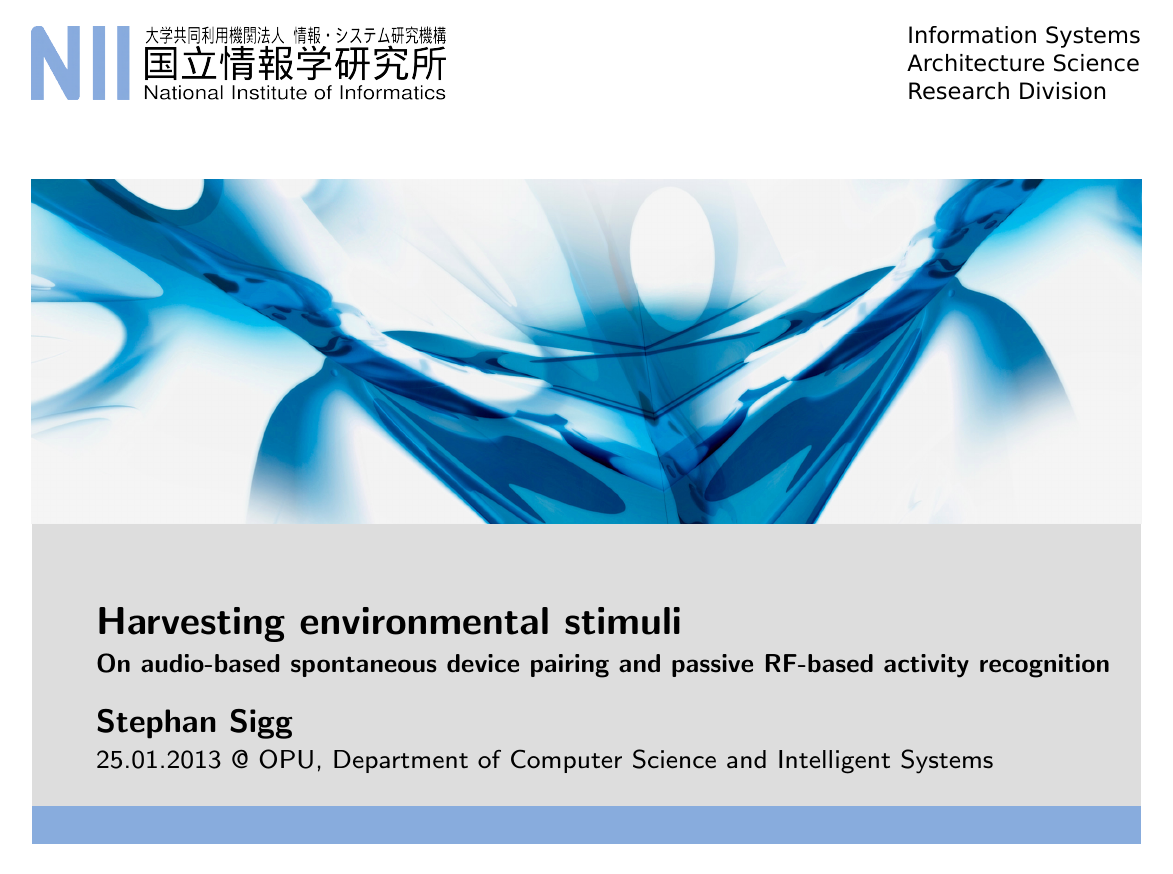

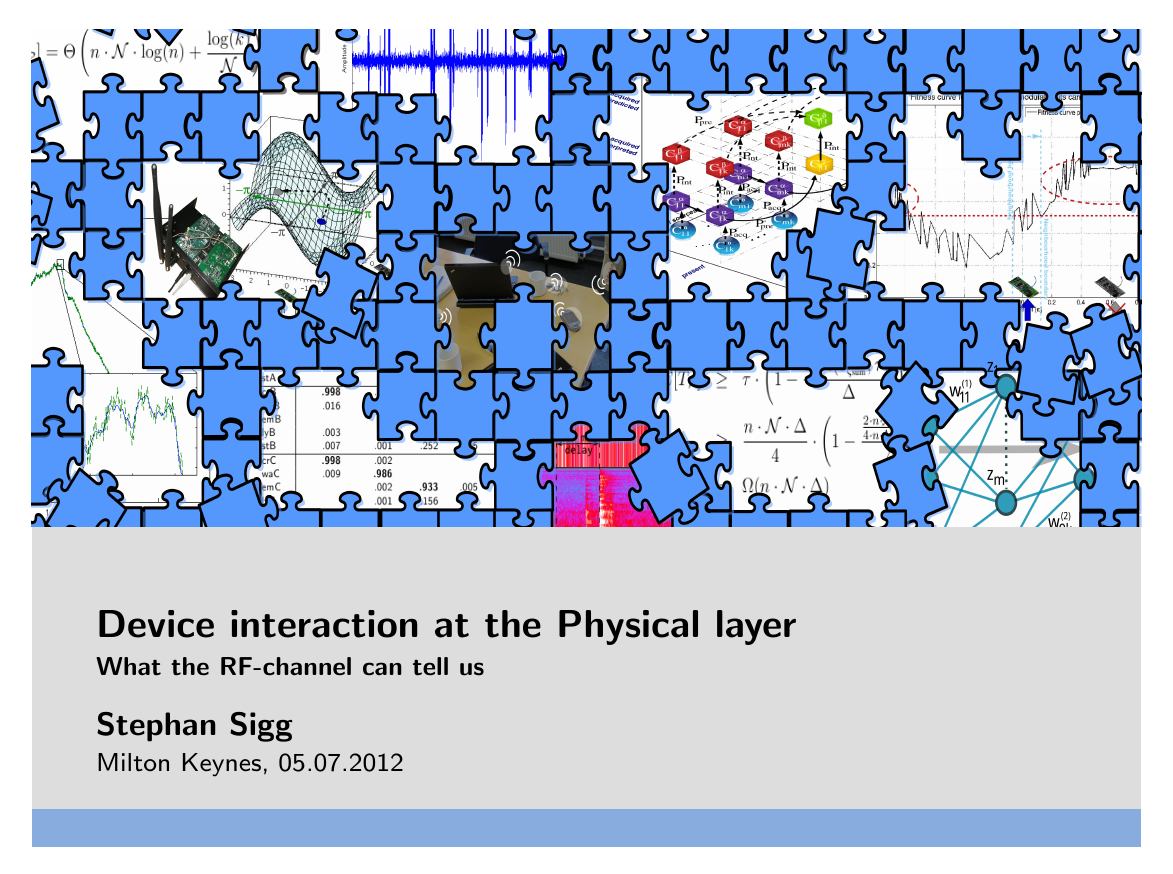
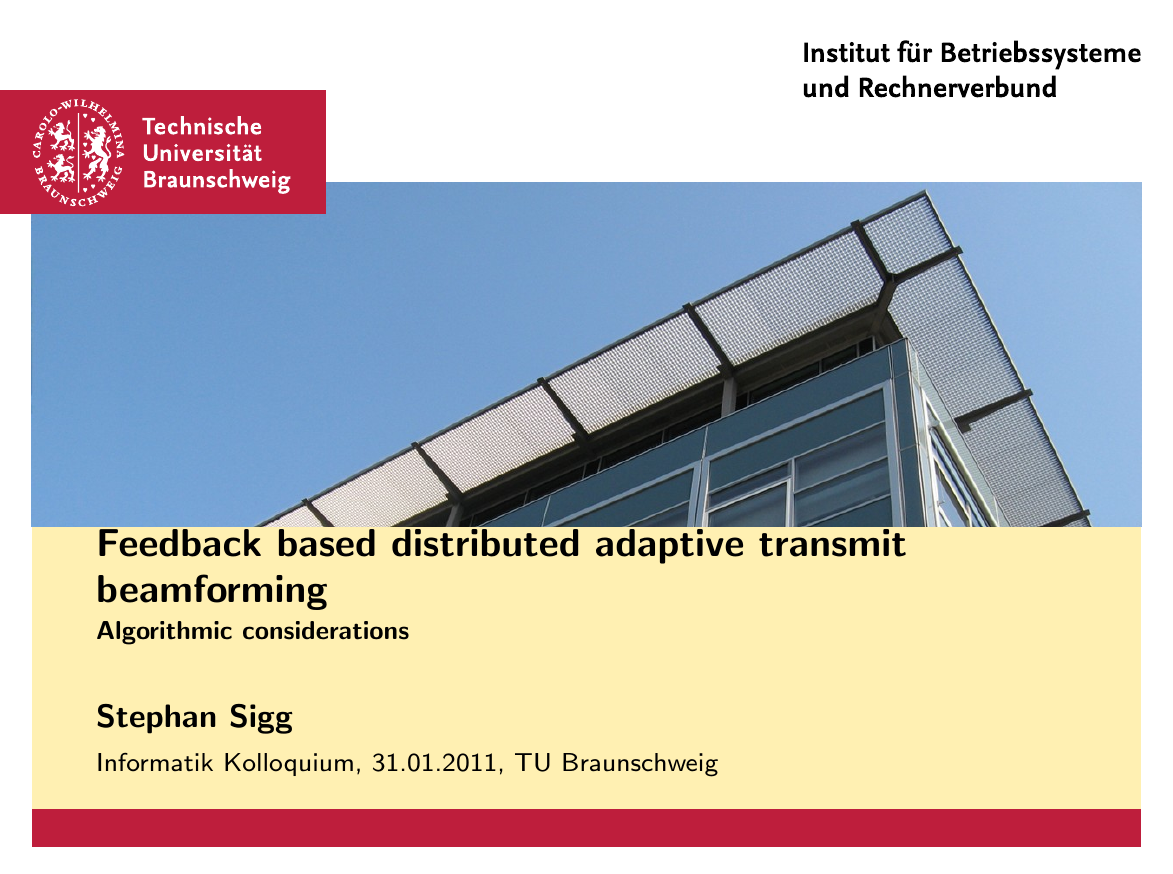
 Beamsteering for Training-free Counting of
Multiple Humans Performing Distinct Activities
Beamsteering for Training-free Counting of
Multiple Humans Performing Distinct Activities RFexpress! - RF Emotion Recognition in the Wild
RFexpress! - RF Emotion Recognition in the Wild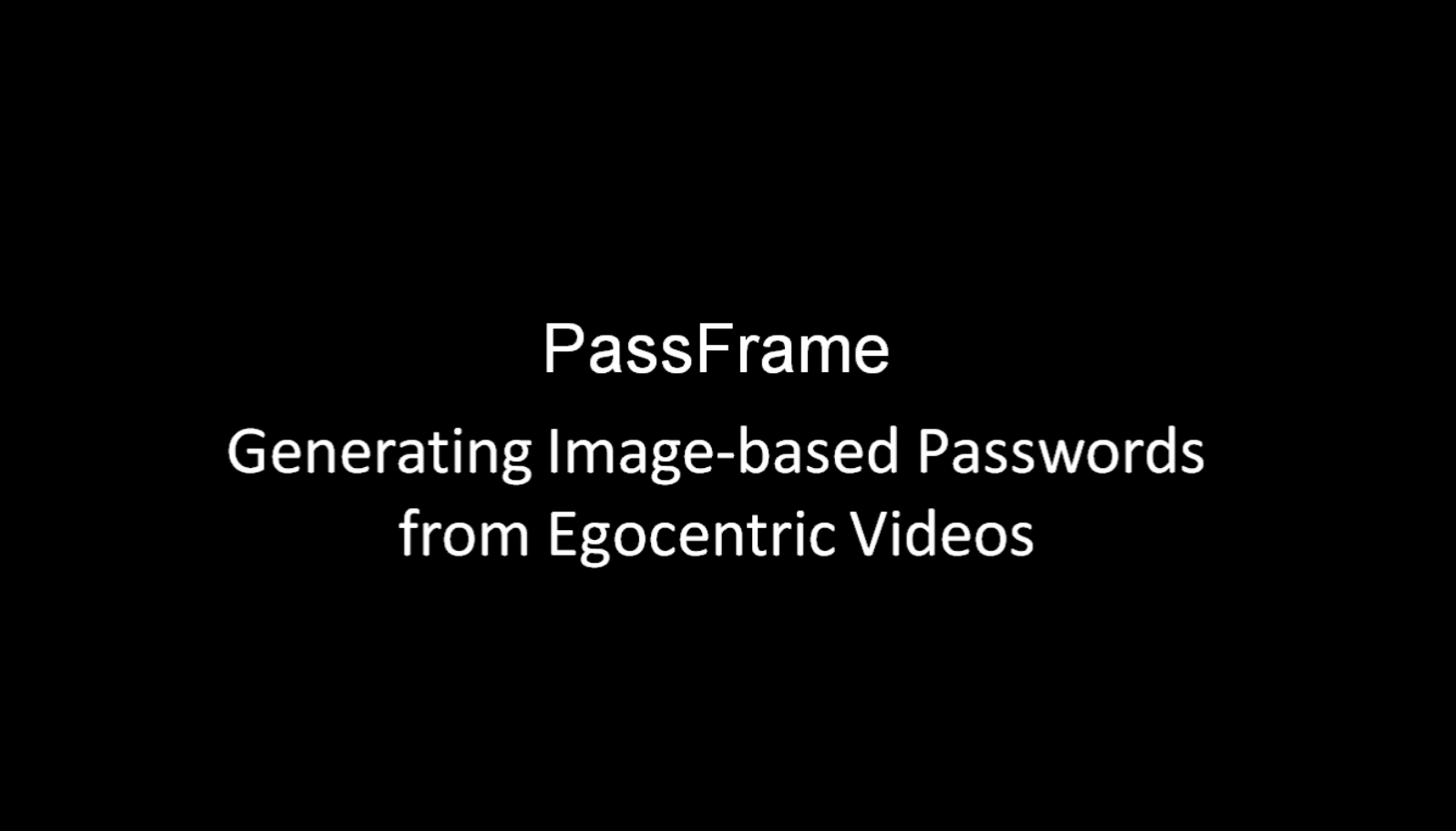 PassFrame: Generating Image-based Passwords from Egocentric Videos
PassFrame: Generating Image-based Passwords from Egocentric Videos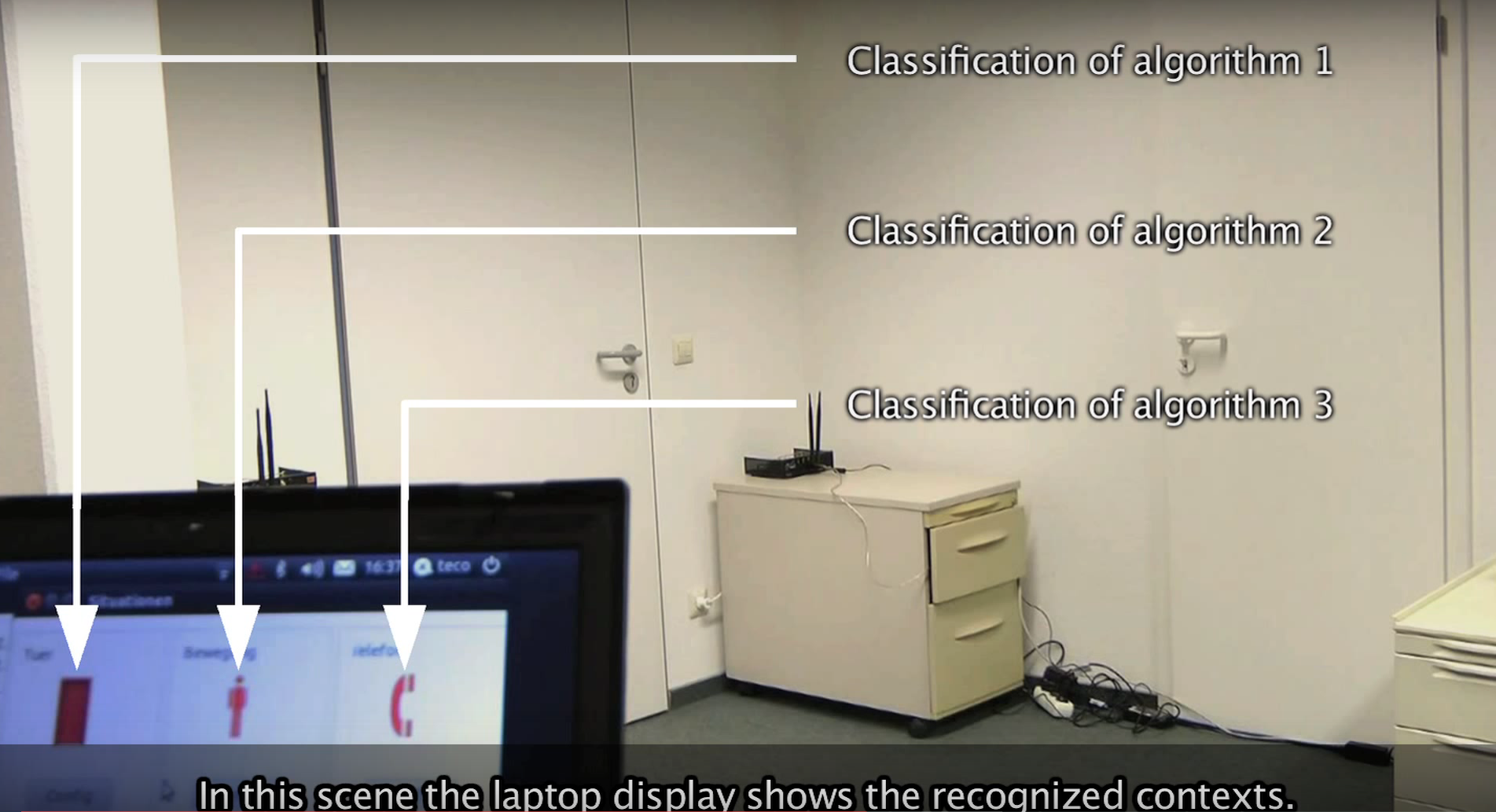 SenseWaves: Radiowaves for context recognition, Pervasive 2011
SenseWaves: Radiowaves for context recognition, Pervasive 2011
